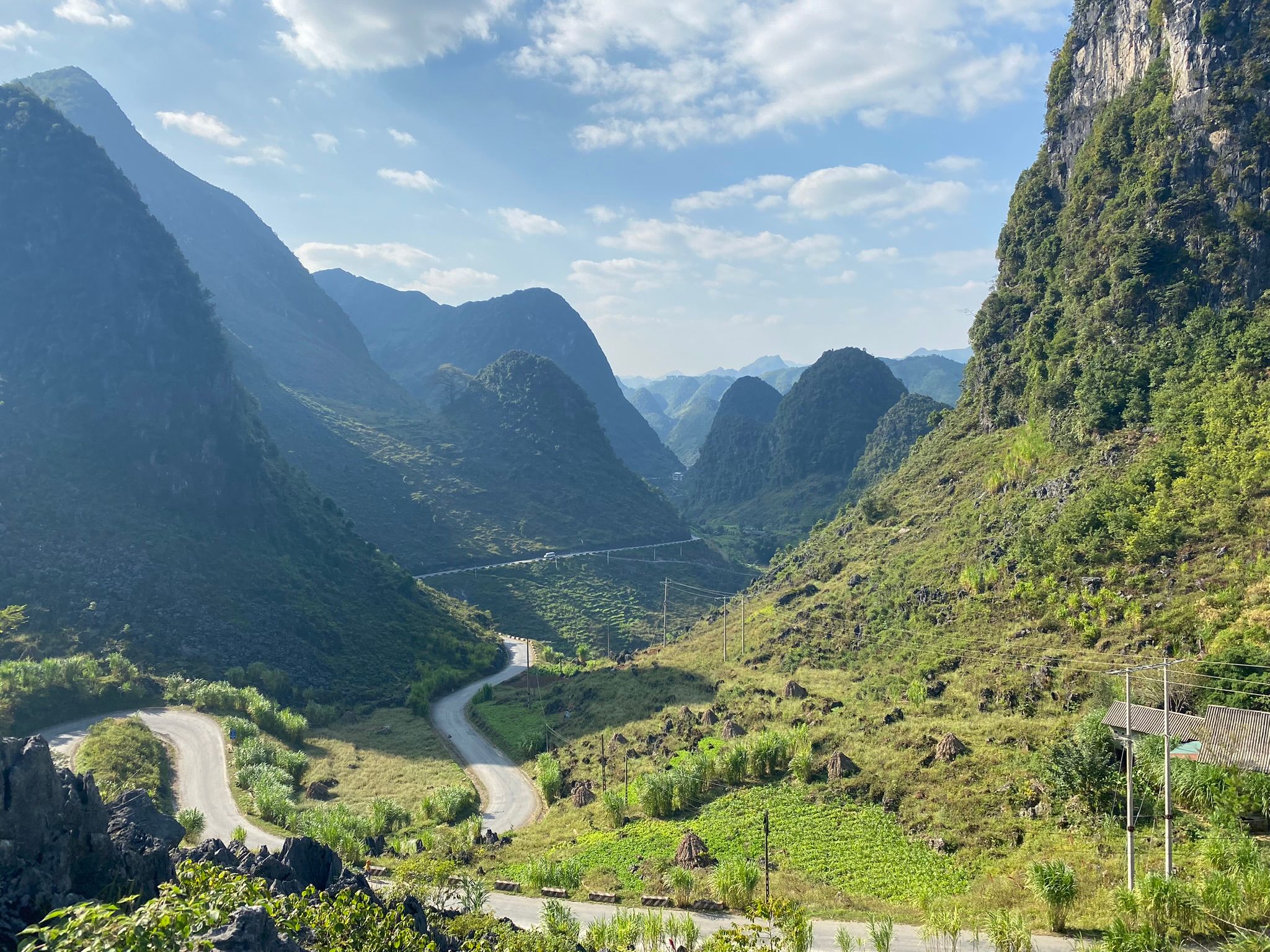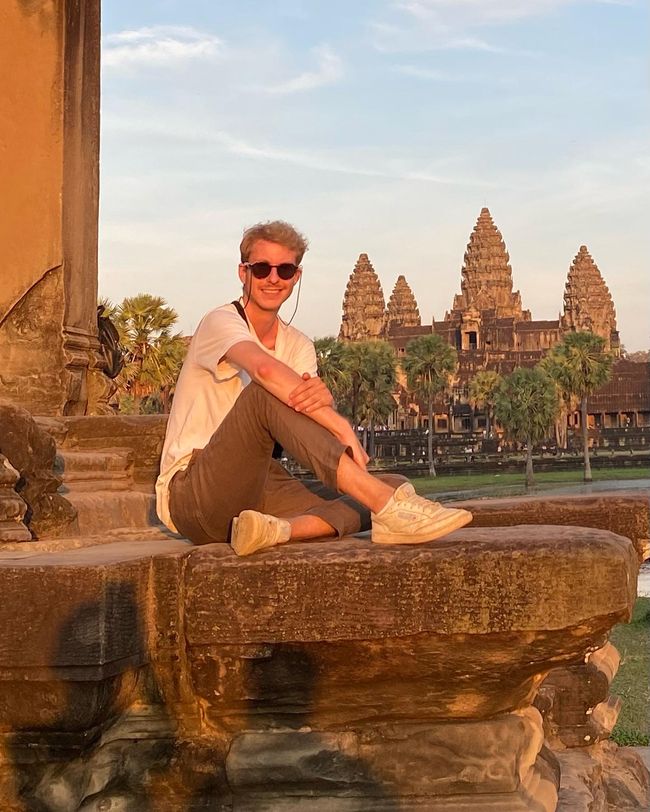11.06.2023 - Five days of off-road adventure
Diterbitake: 22.06.2023
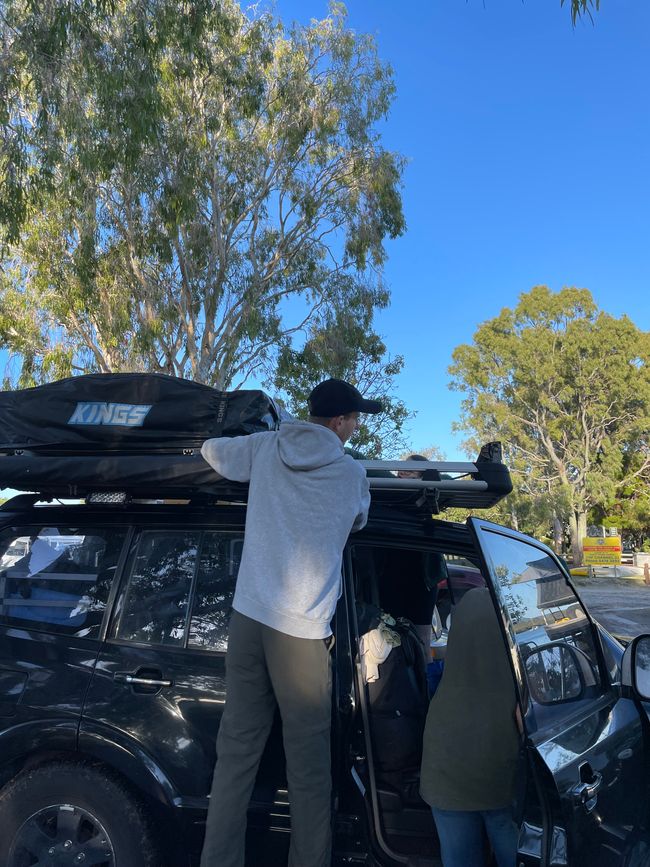
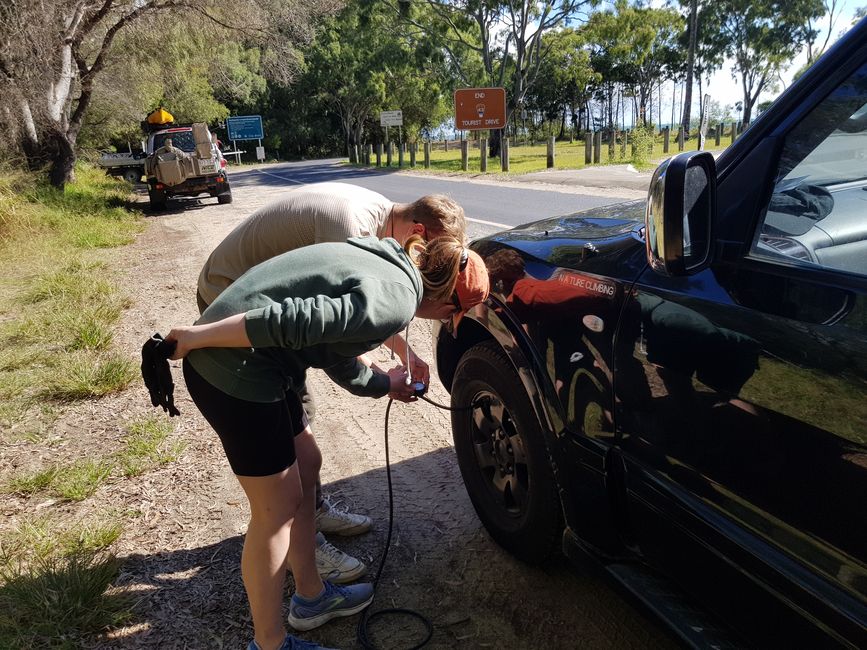
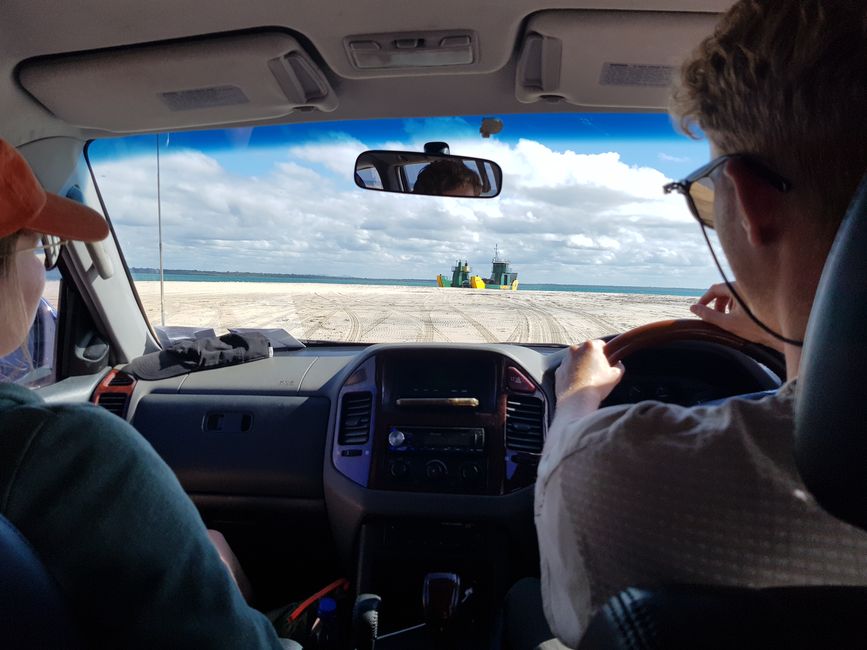
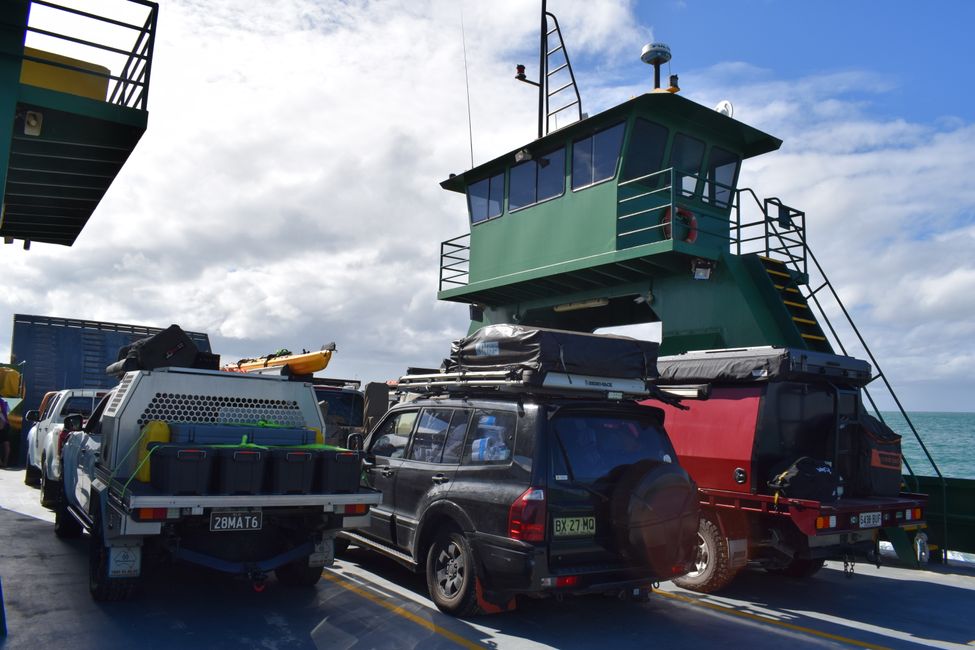
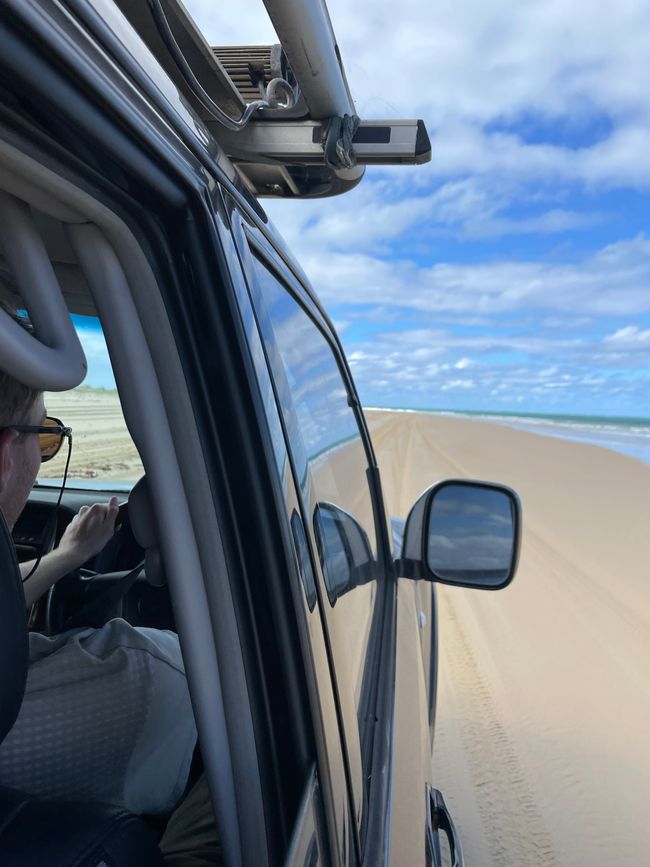
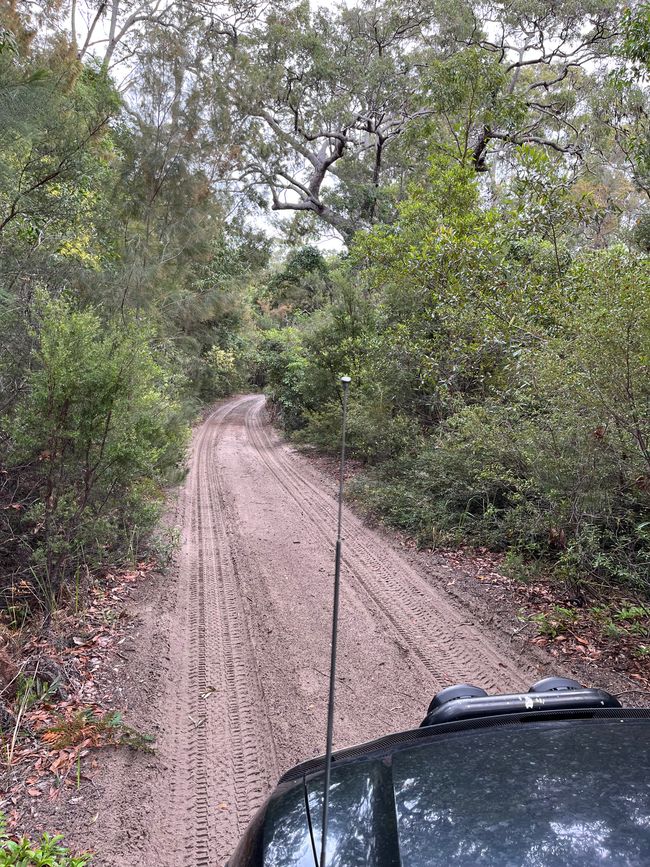
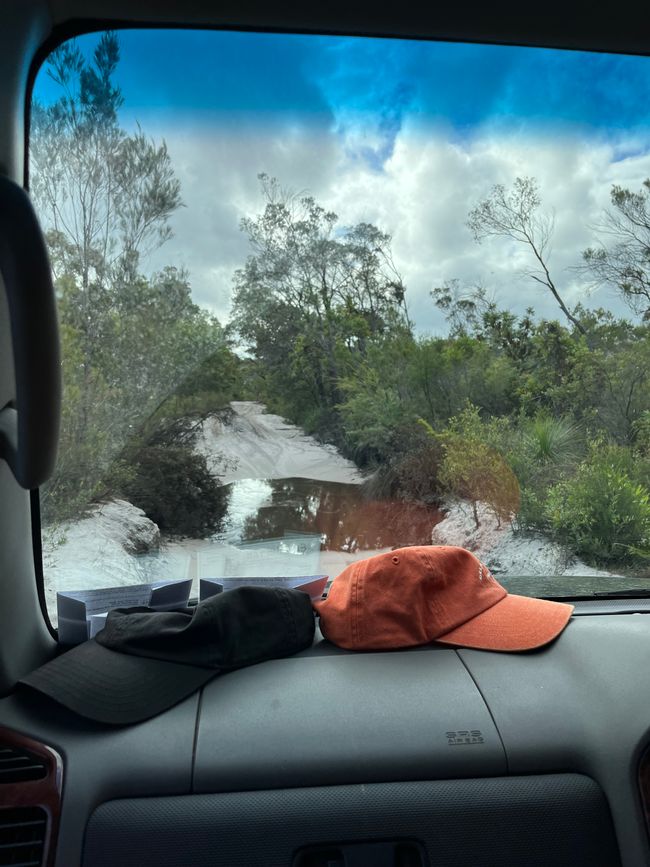
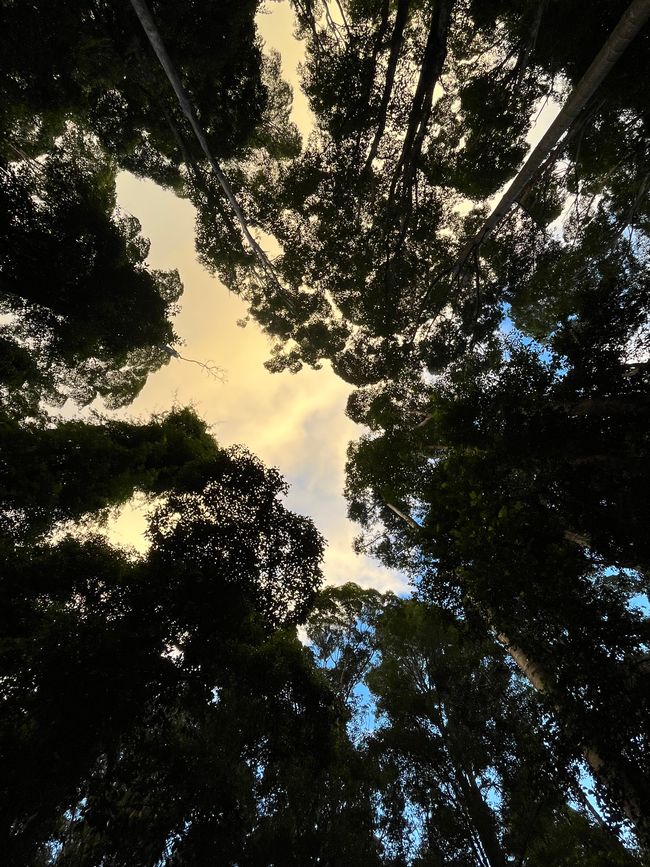
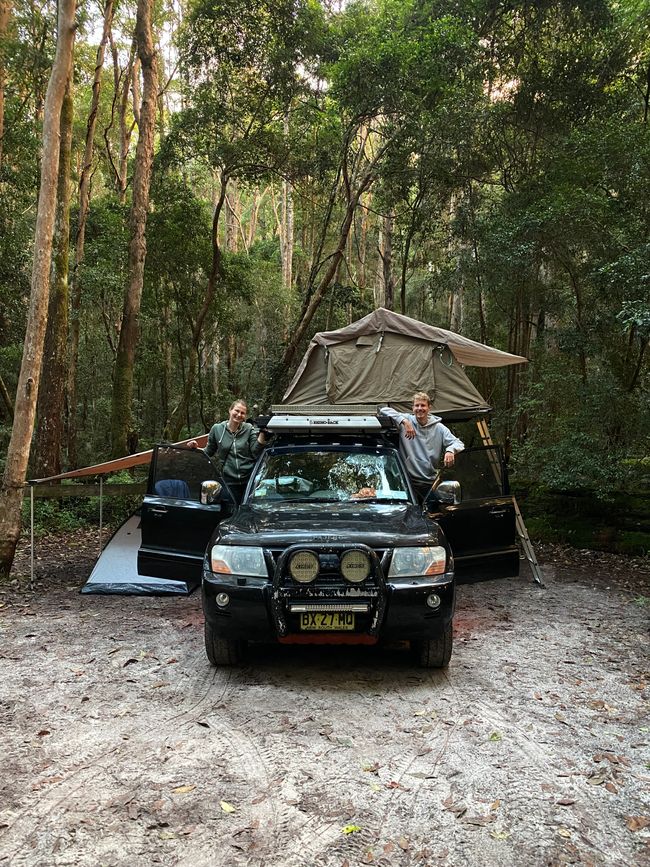
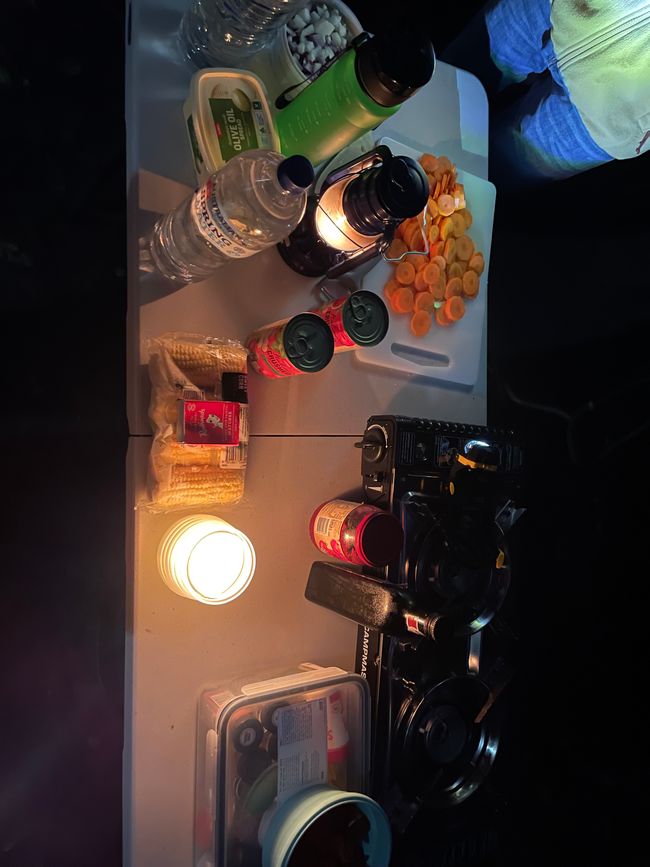
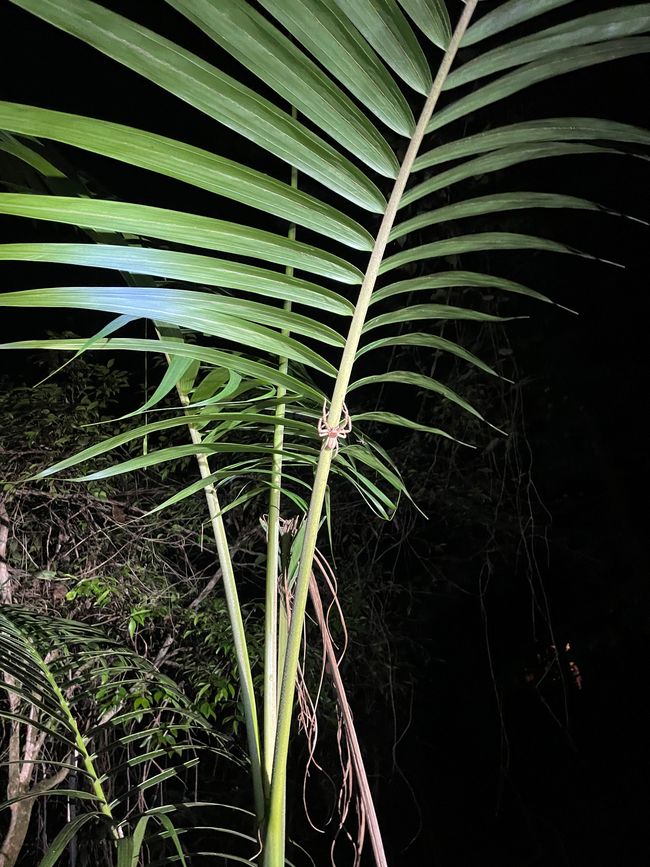
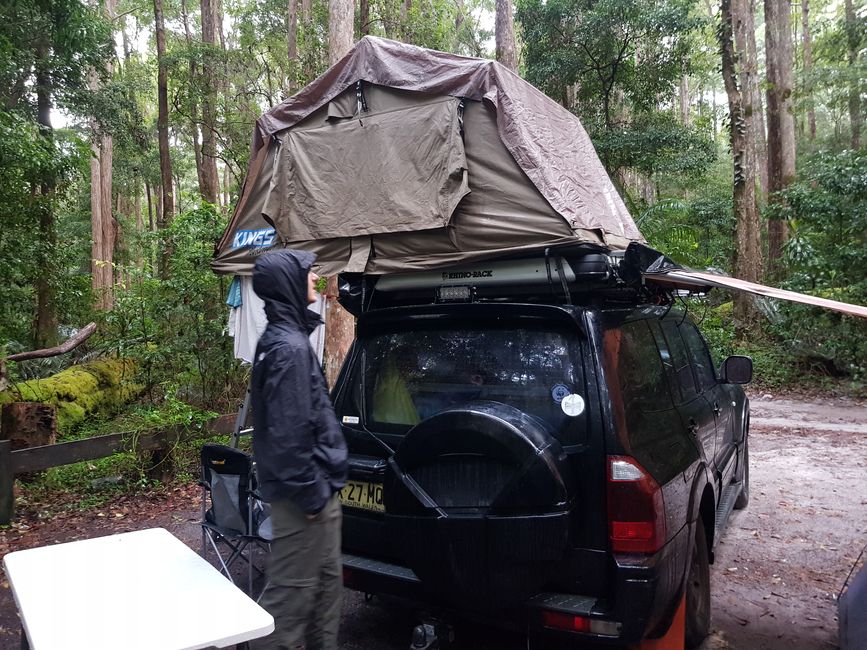
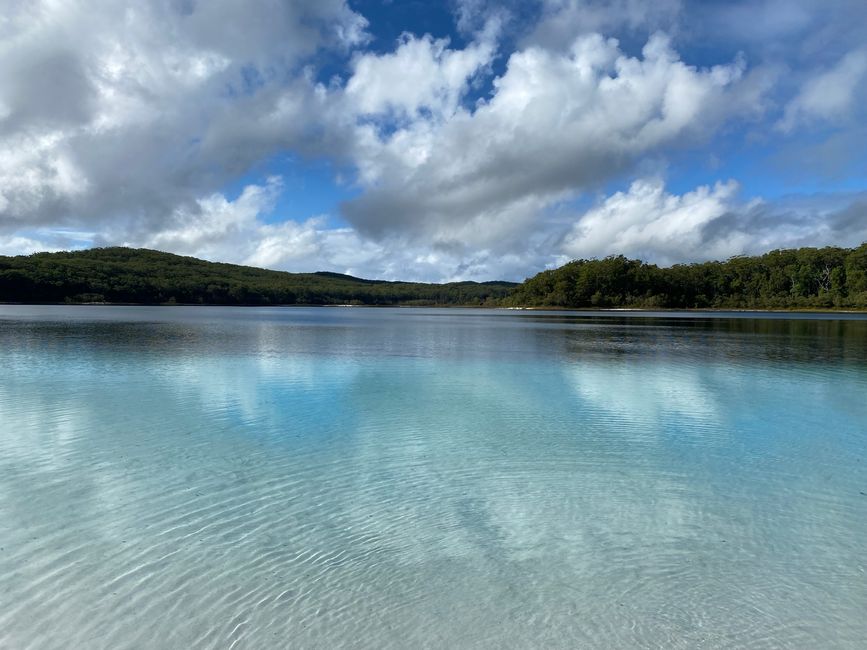
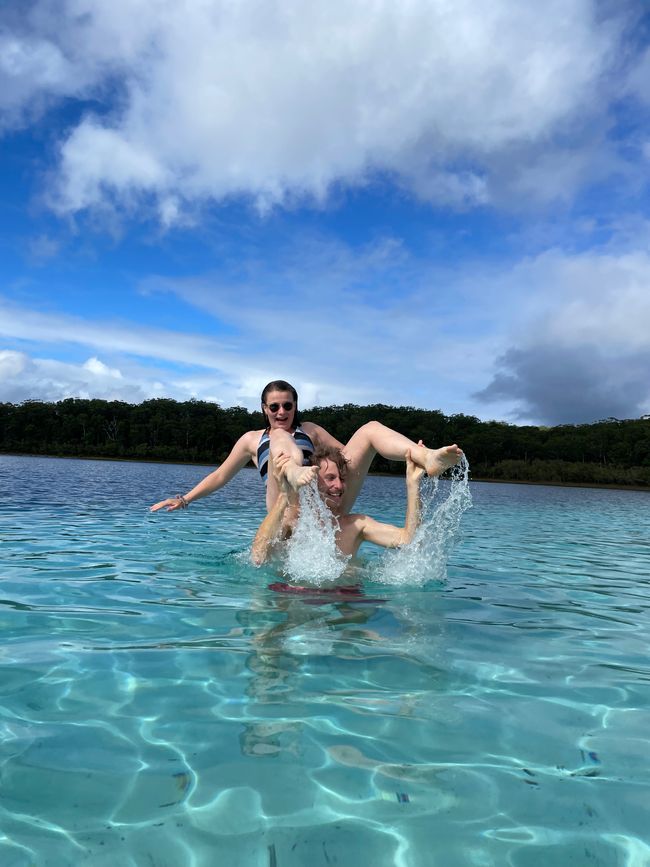
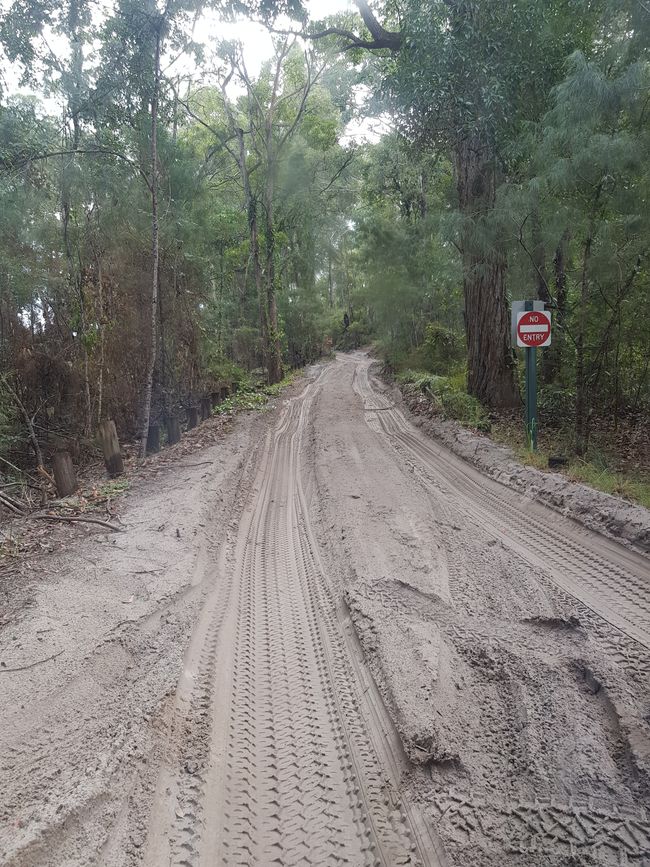
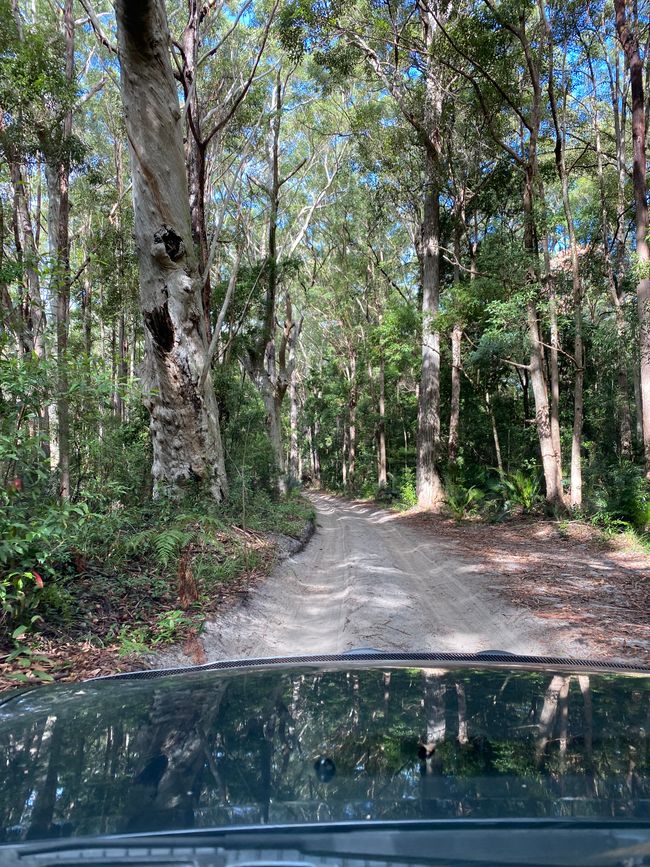
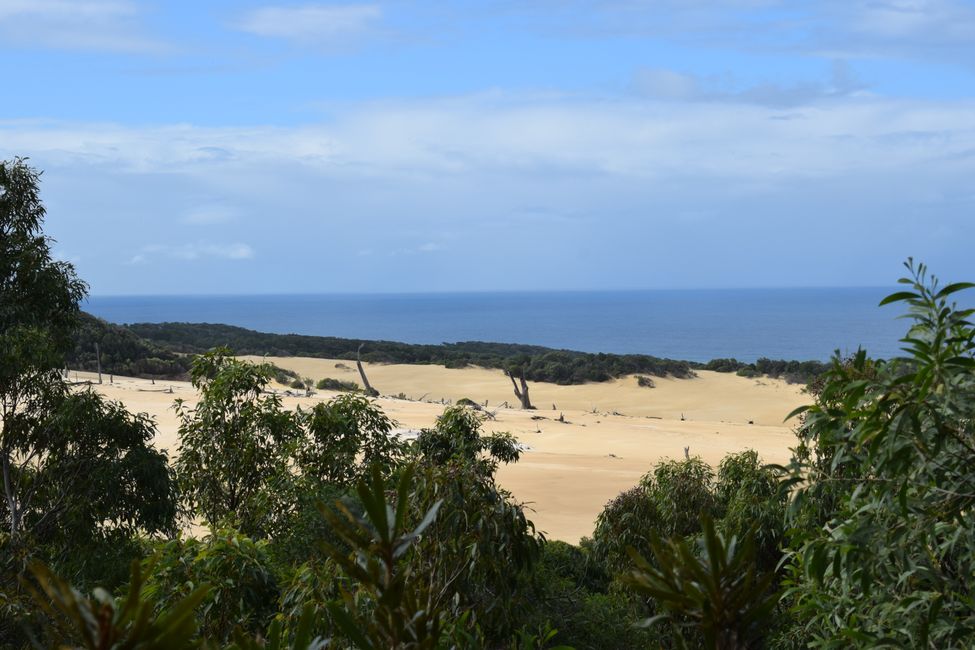
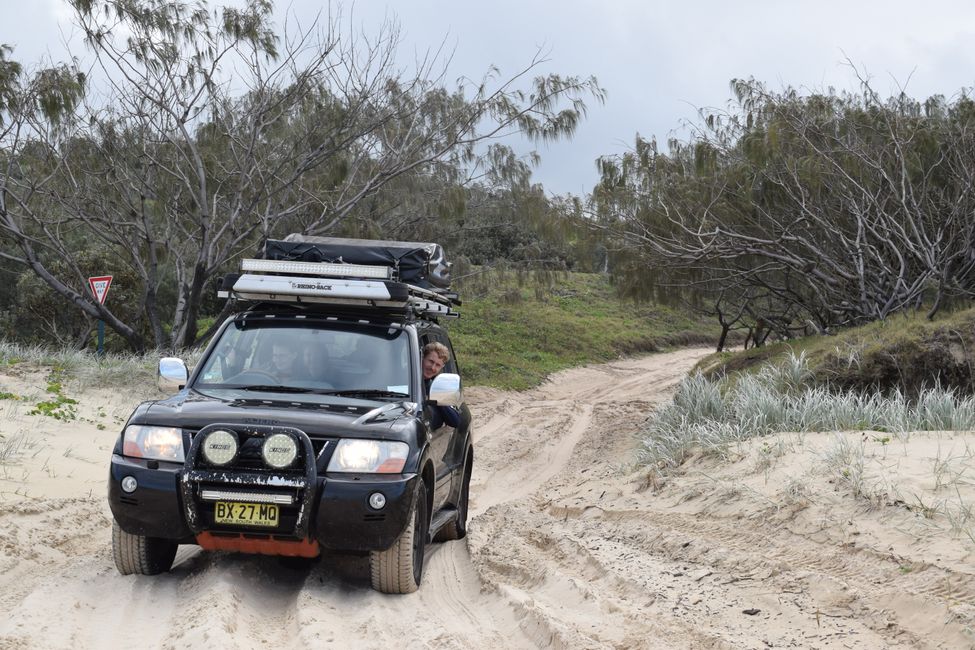
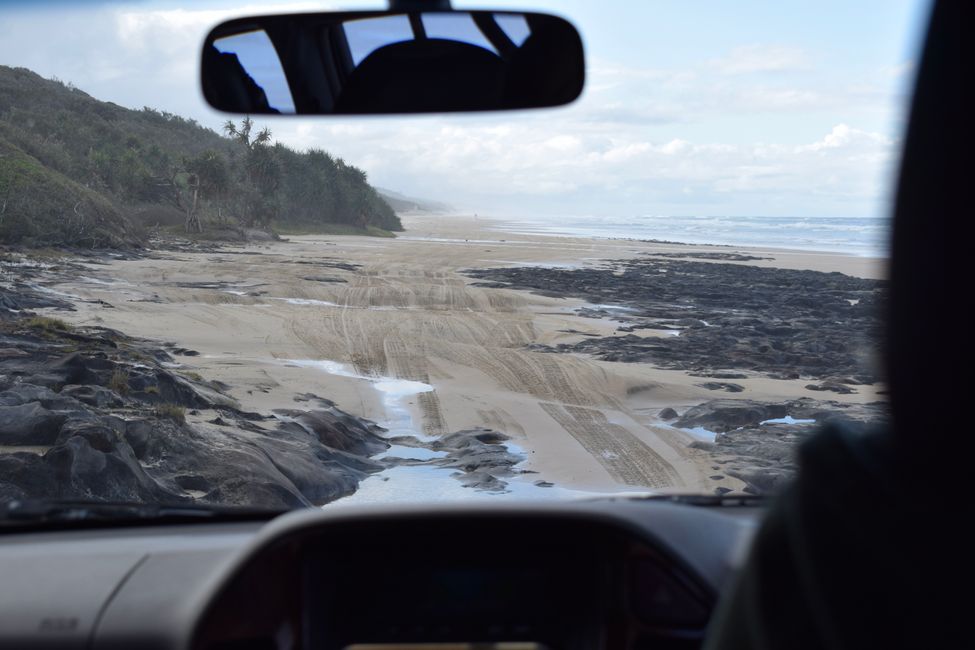
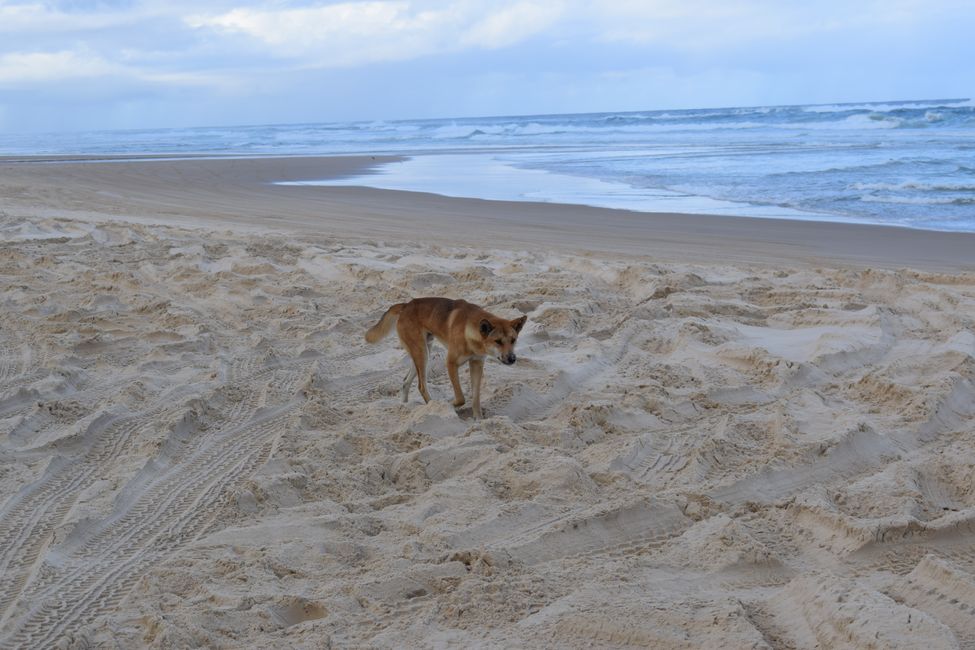
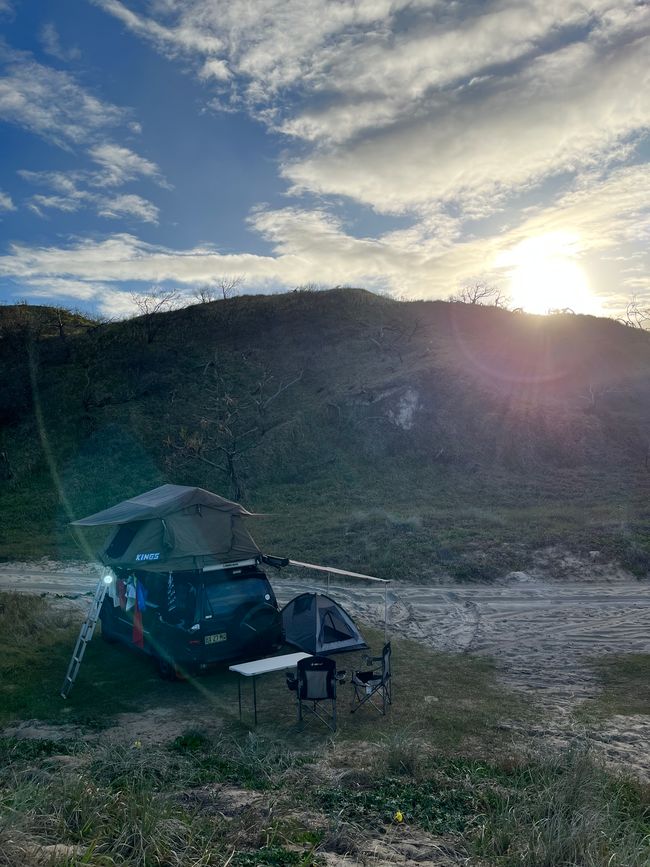
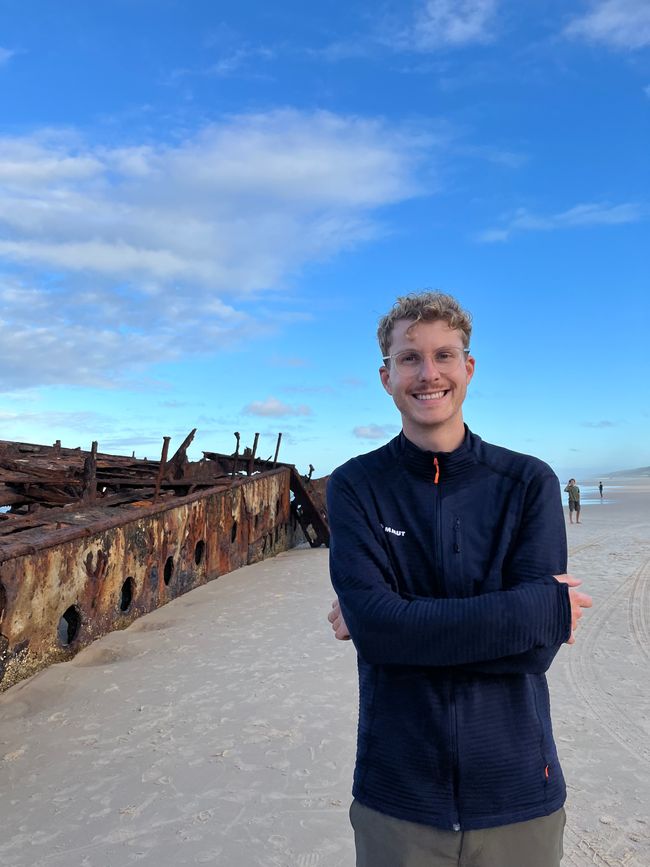
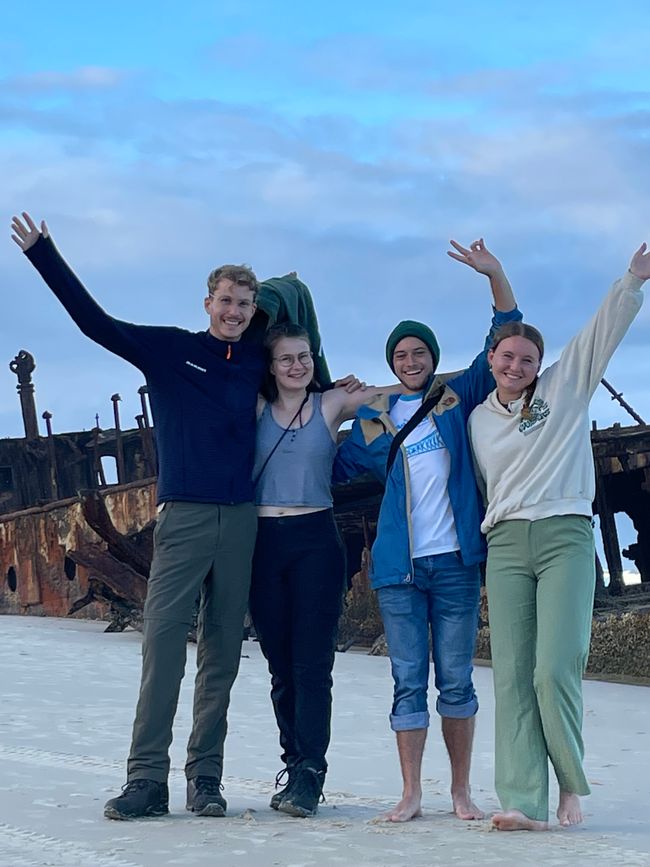
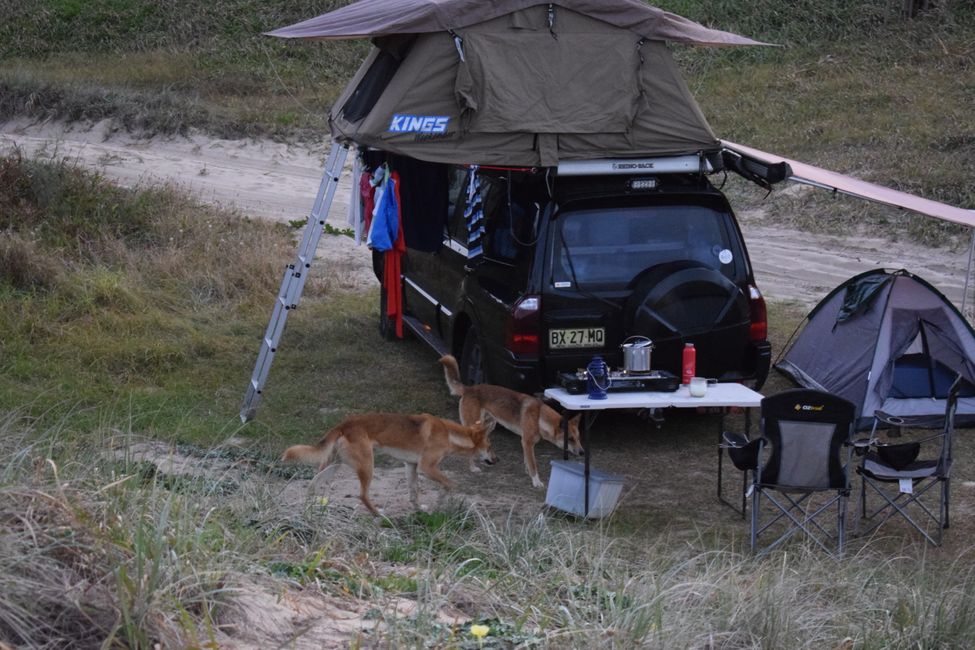
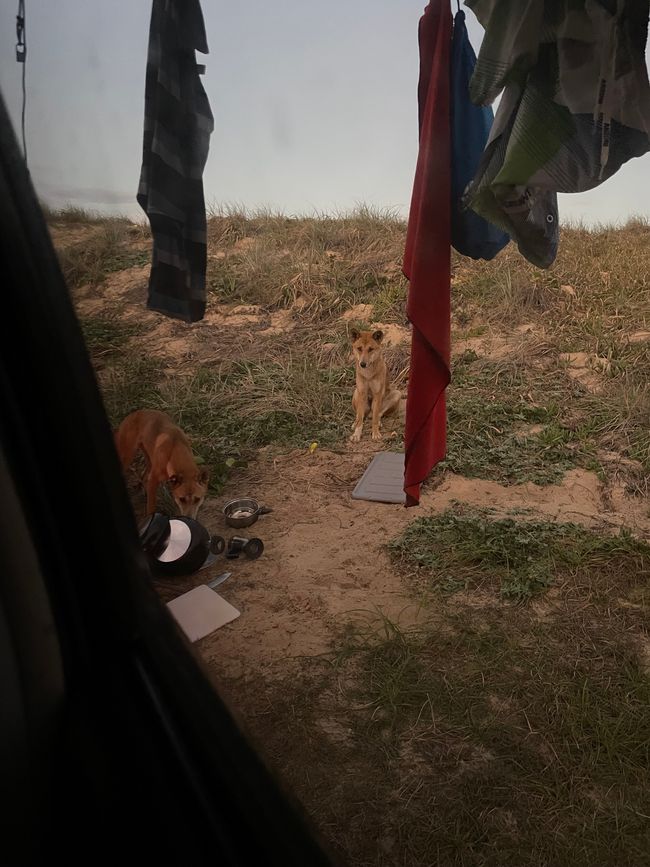
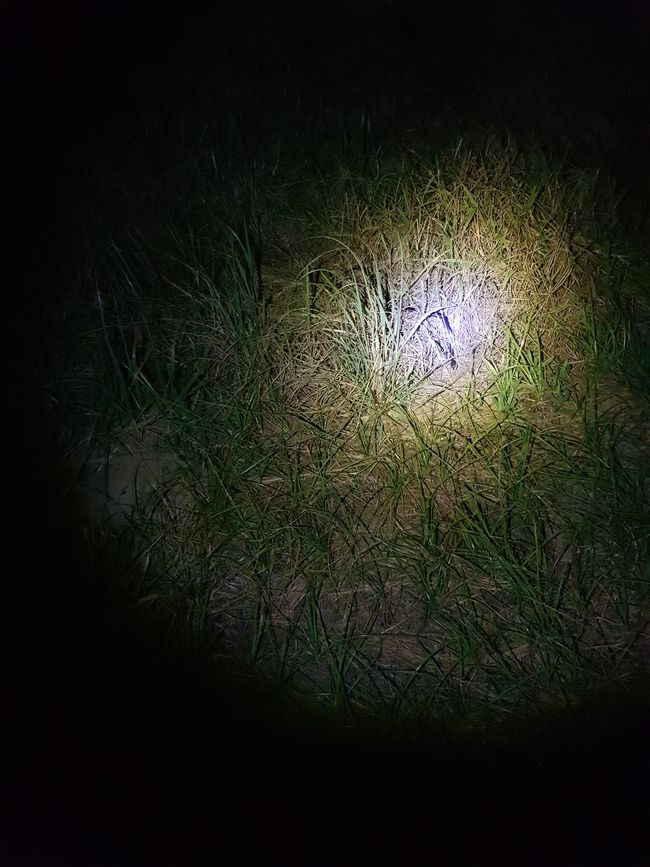
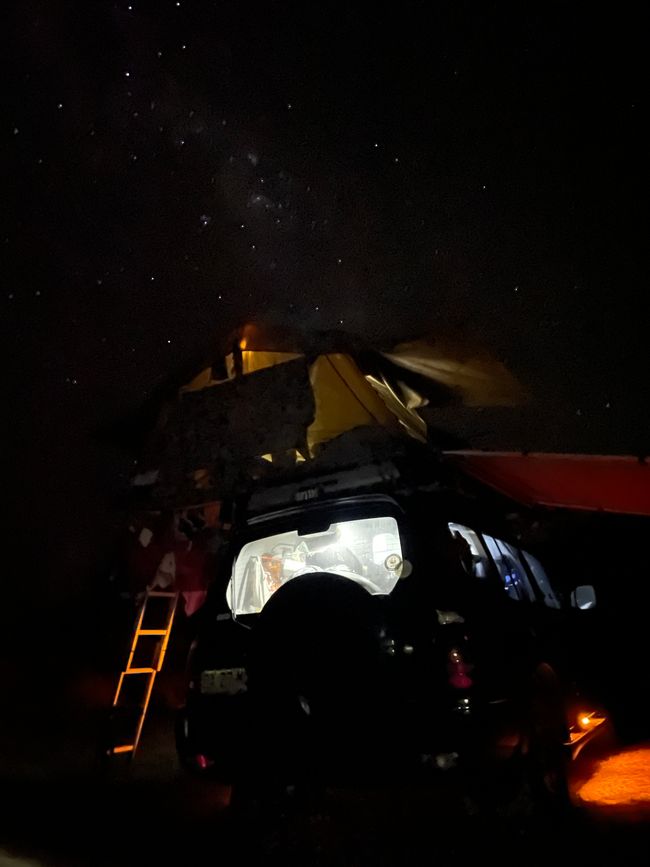
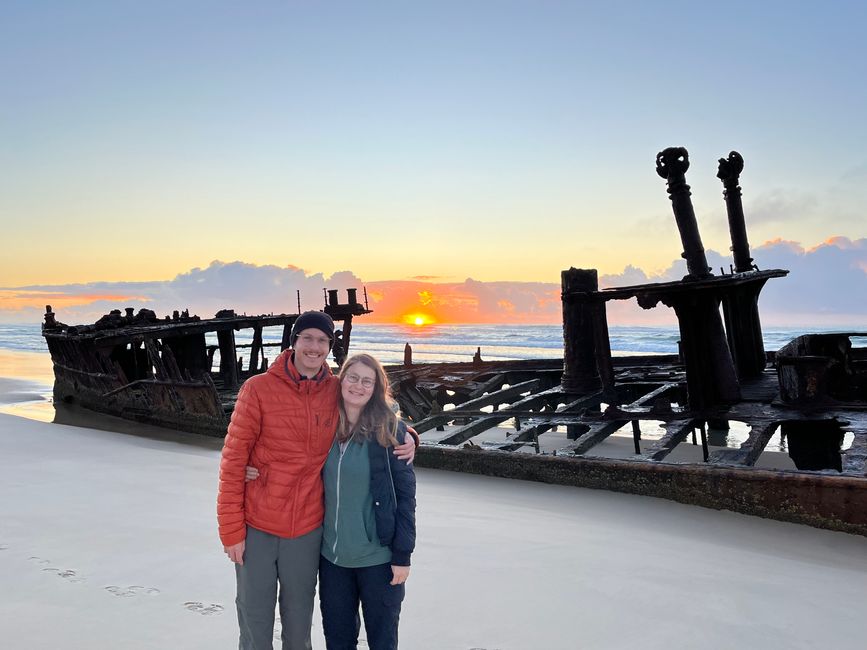
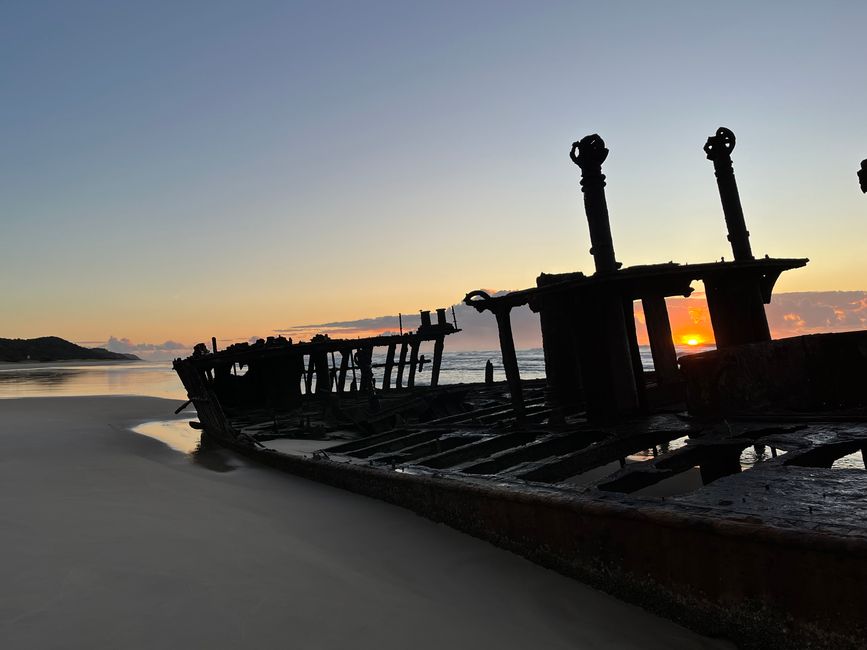
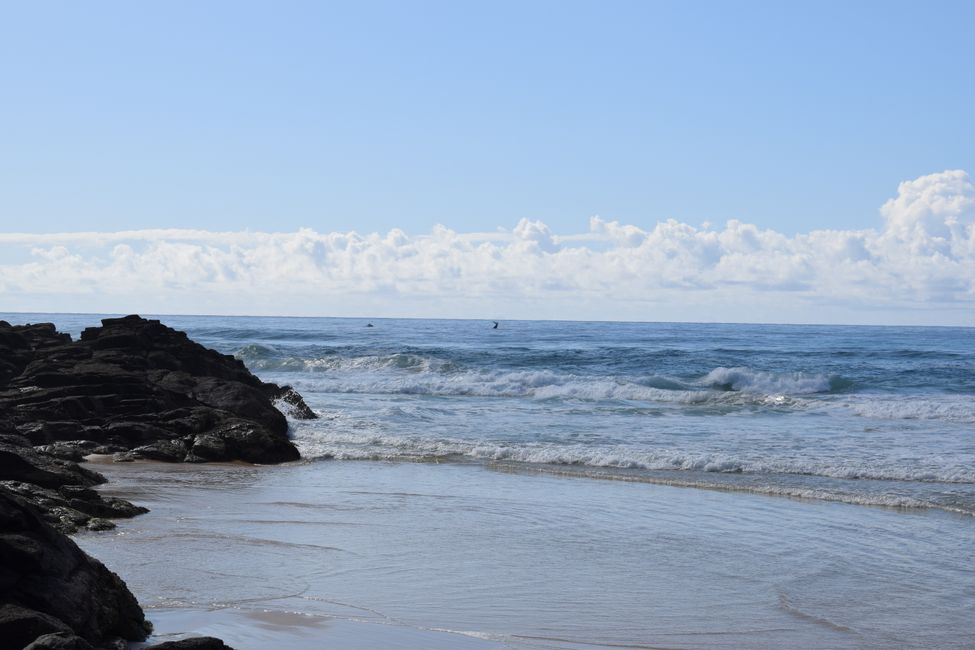
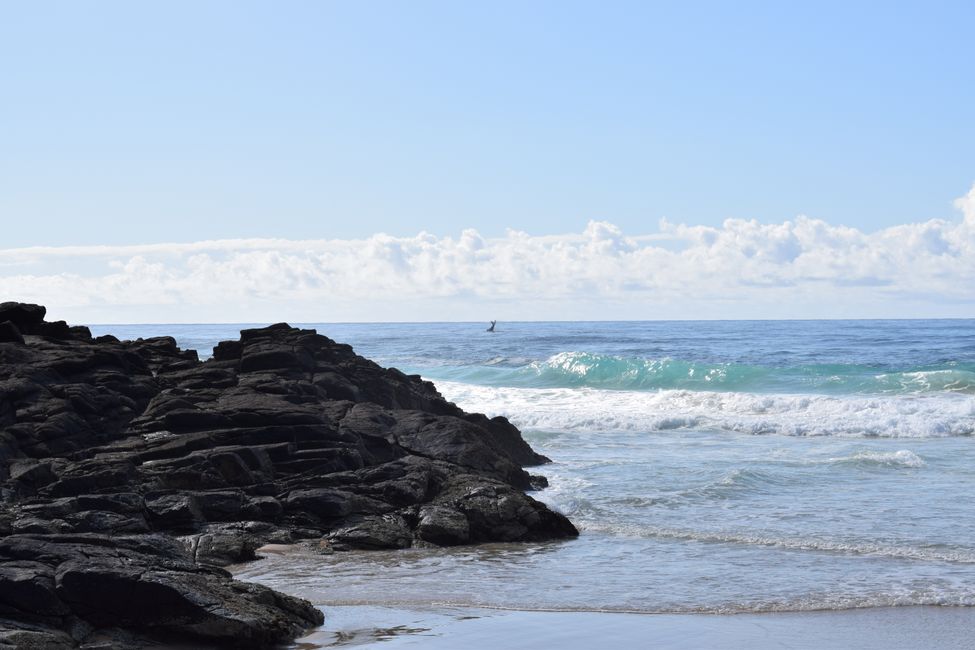
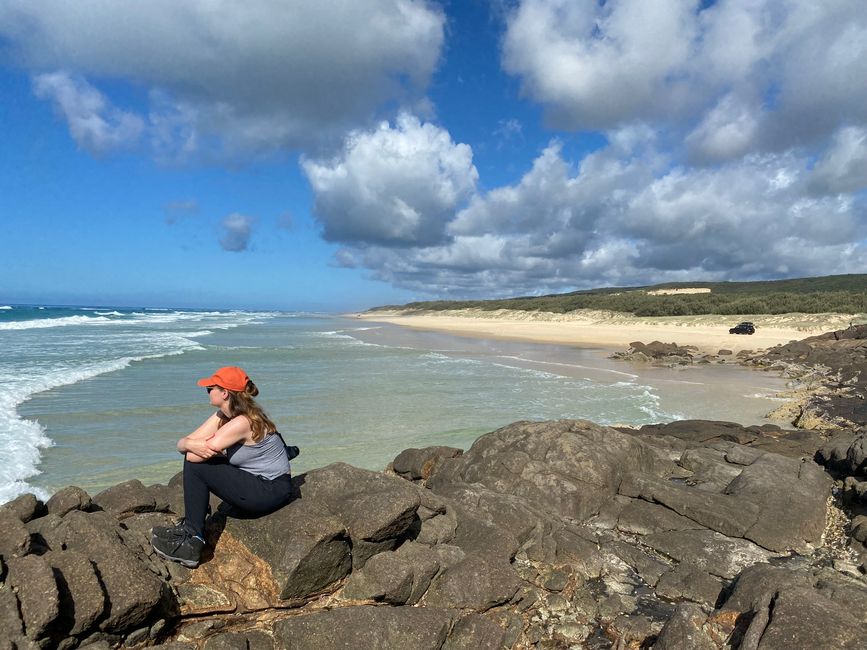
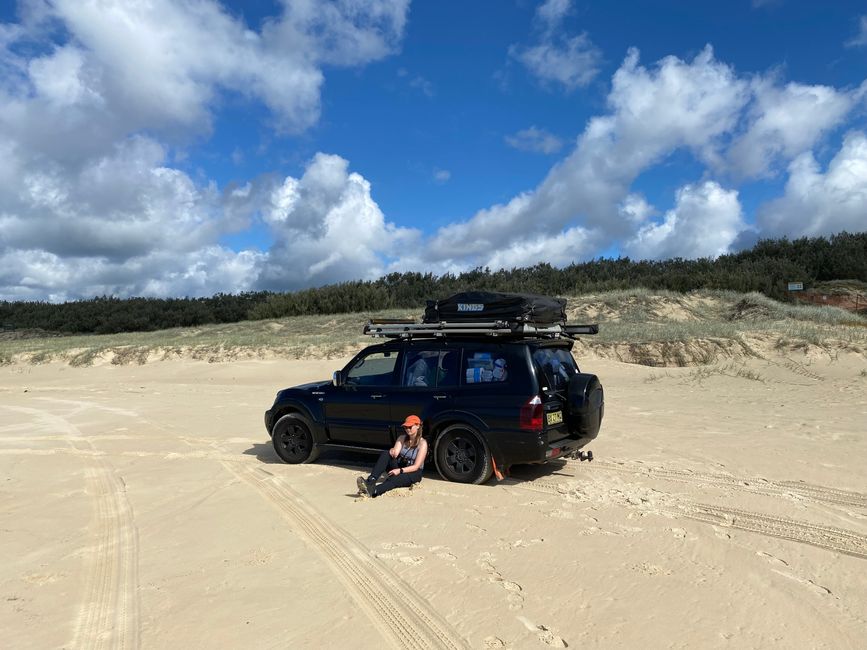
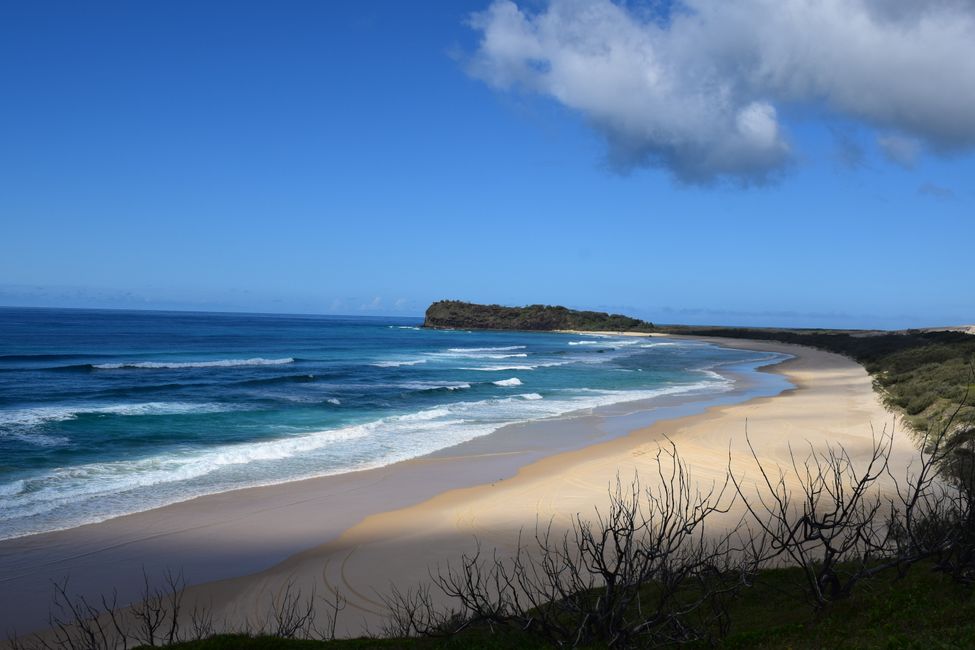
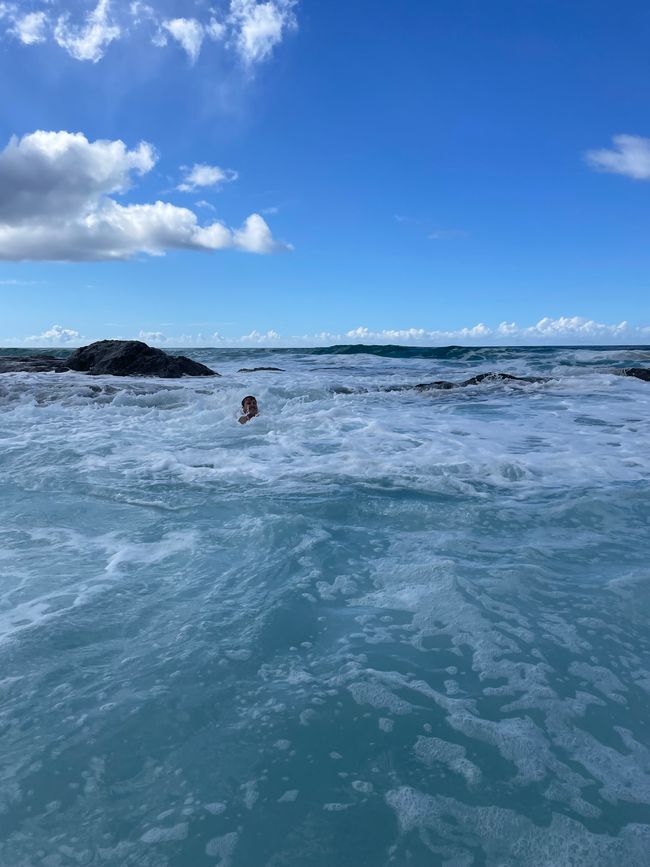
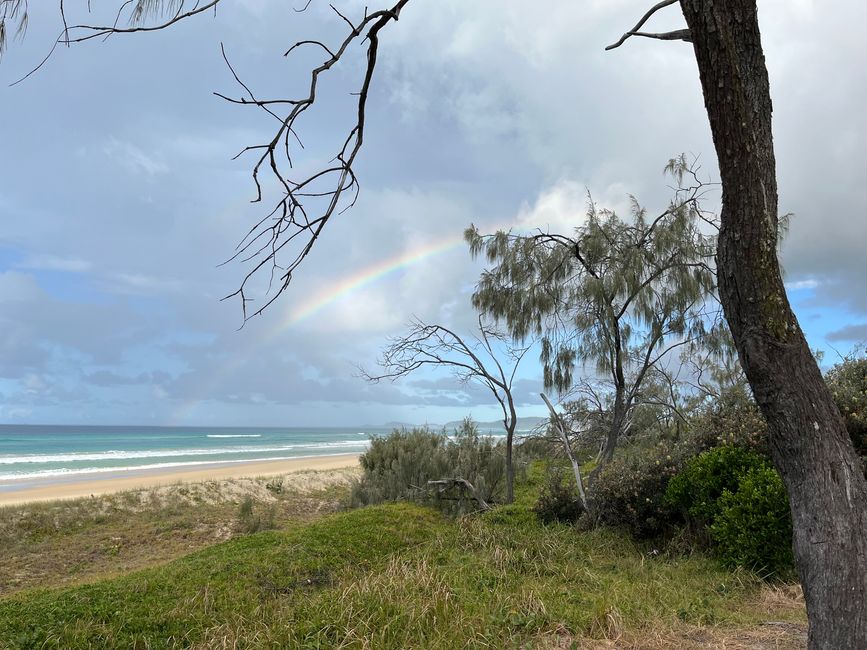
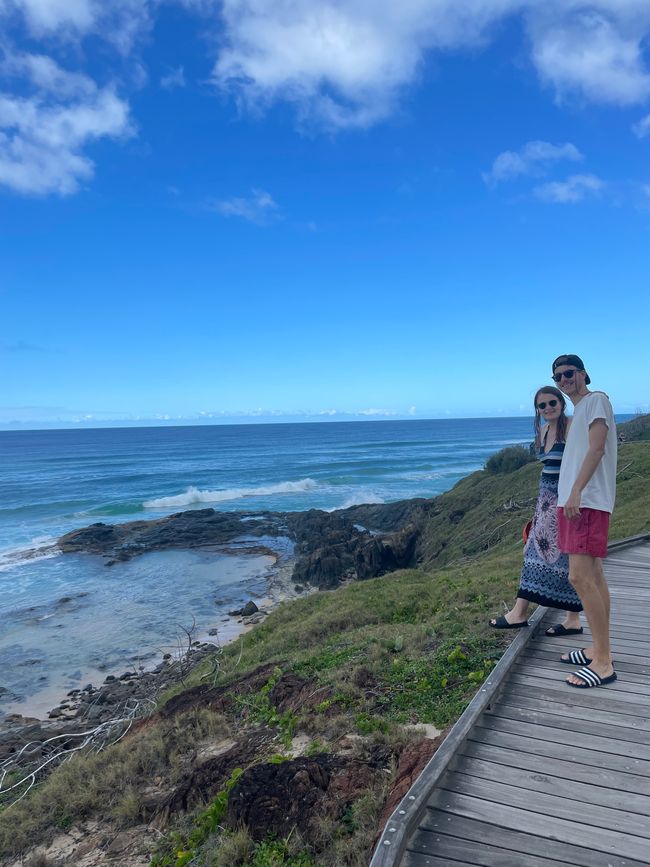
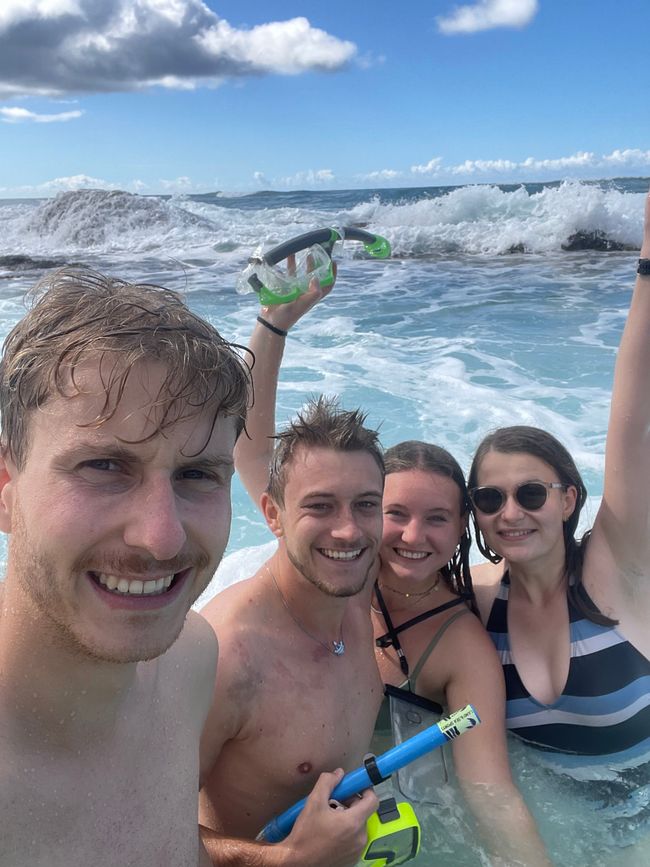
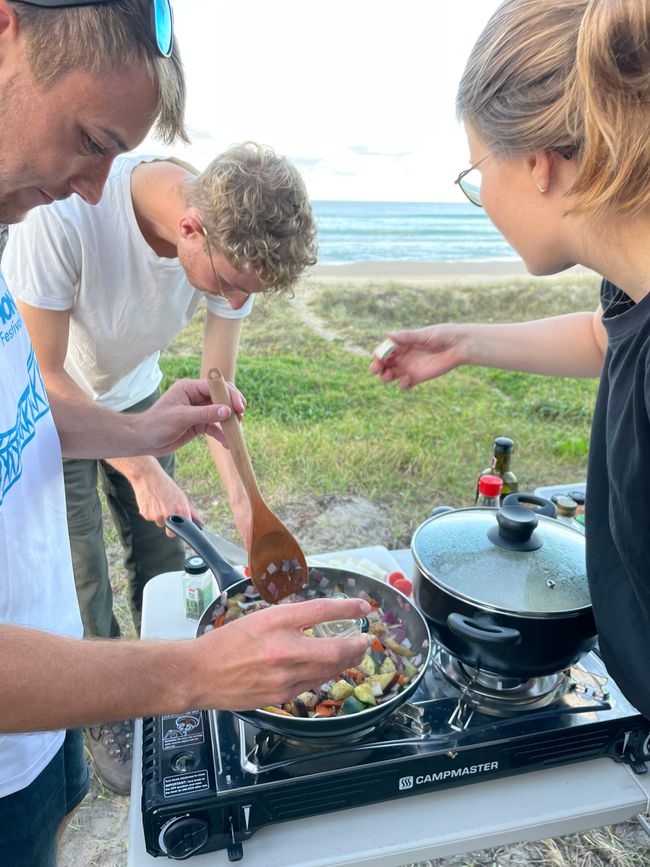
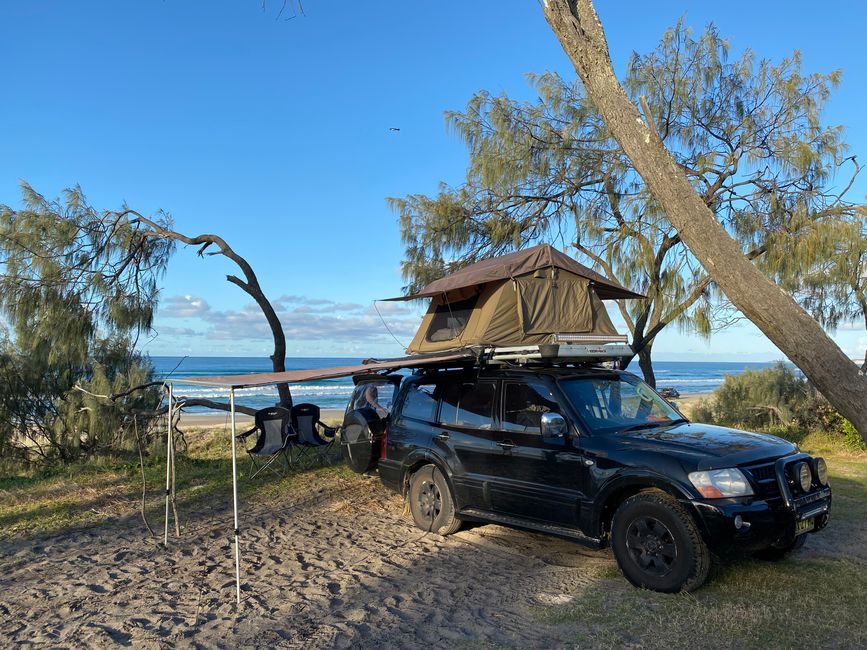
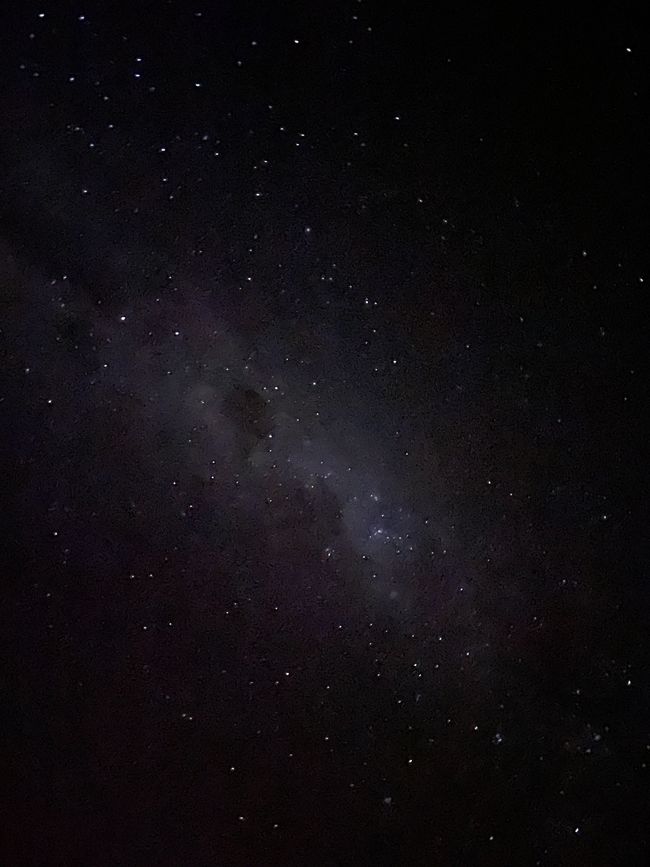
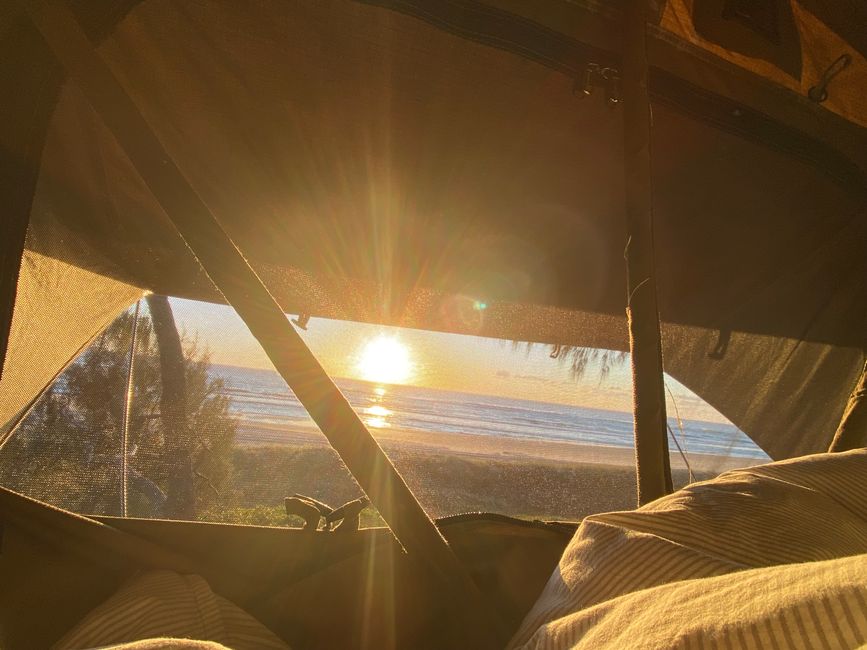
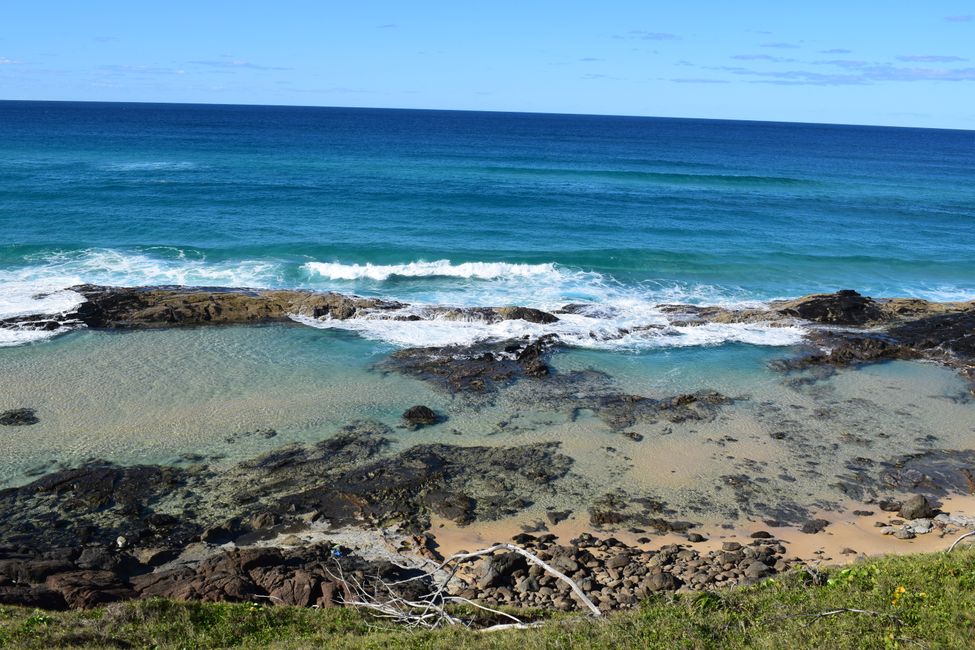
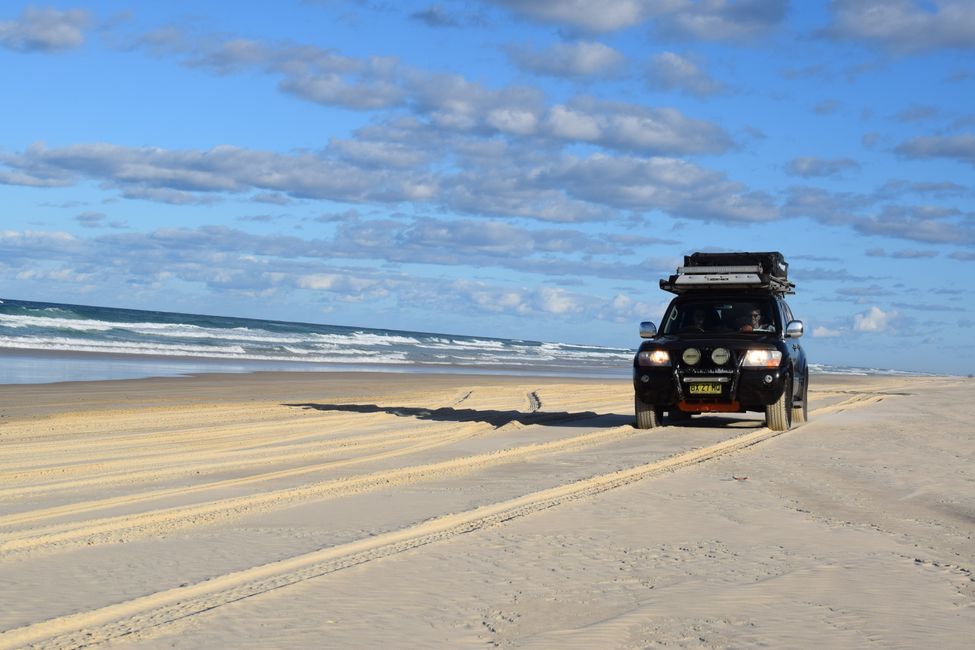
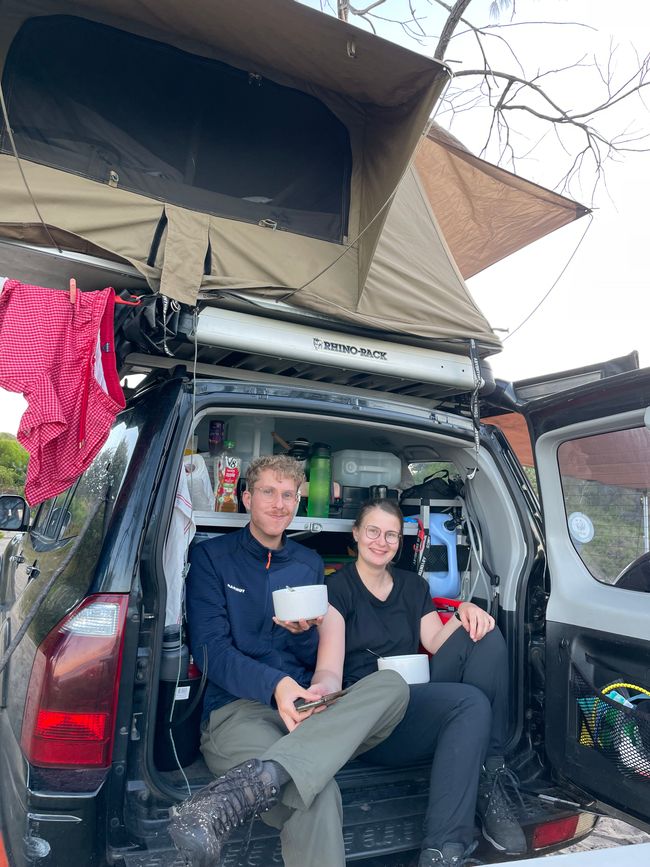
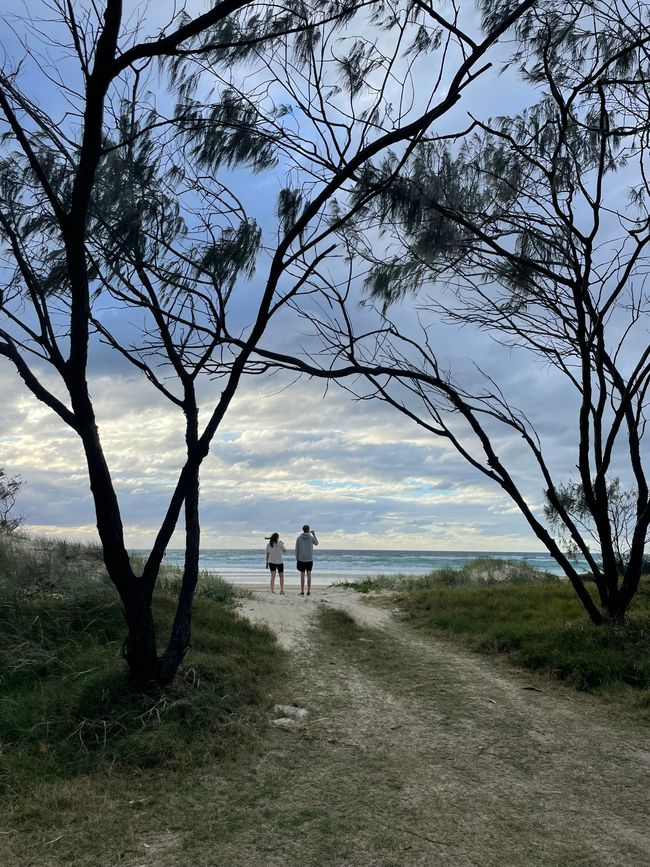
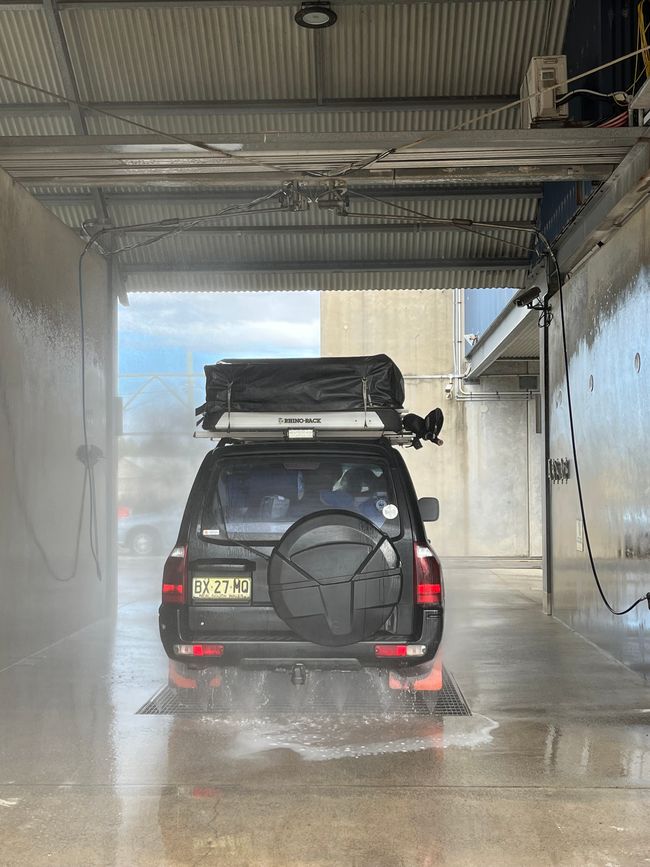
Langganan Newsletter
Recently, I received a WhatsApp message from my mom with the text "Is this the island where you are?" and an attached newspaper article with the headline "Why Fraser Island is called K'gari again". In fact, we were on that island at that very moment. Which brings us to the topic of this blog post. But let's start from the beginning. After our surf course in Noosa, we met Marlena and Julian, both of whom I had met at the hostel in Melbourne. By chance, it turned out that both Marlena and Julian and we had plans to explore Fraser Island at the same time. Since they were traveling by bus and we were traveling with a 4WD car perfect for Fraser Island, we teamed up. The four of us wanted to take a road trip together for about five days on the largest sand island in the world. But before we could start, there was still a lot to organize, which is why we met in Noosa. We were already staying there at a campground, so Marlena and Julian could simply set up their small tent next to us. Planning the route, shopping, refueling, playing a new round of car Tetris, and much more - all these things were on the to-do list before departure. After completing all the tasks, we were ready to go. Early in the morning, we packed up our tents in Noosa and drove to Rainbow Beach, which was about two hours away, where the ferry took us directly to the sandy beach of Fraser Island. If you imagine a large ferry terminal here, I have to disappoint you. In fact, the ferry really stops right on the sand, so the adventure immediately begins after arrival. We had already lowered the tire pressure beforehand, so we could start right away. We couldn't afford to lose too much time because parts of the first leg led along the beach highway, which is only passable in the hours before and after low tide. But we didn't drive along the beach for long, after a short time we turned inland, where things really became adventurous. We drove at a snail's pace (sometimes no more than five km/h) over the sandy roads, which were crisscrossed with tree roots, branches, rocks, water, and potholes. Not only were we sweating in many places, but the car also had to work hard. After a good four hours of driving and a whopping 65 kilometers, which corresponds to an average speed of 16 km/h, we arrived at our first campground. For the first night, we had chosen a fenced spot in the middle of the bush. I will explain later why the campground was fenced. After setting up all the tents and taking a tour of the area, it quickly became dark and we were hungry after all the exertion. And what could be better to satisfy four hungry mouths than a kilo of pasta and the same amount of lentil Bolognese?
About ten hours and several heavy rain showers later, the wild ride continued. Fortunately, the weather had mercy on us, so it only rained initially. Shortly after we set off, the sky cleared up and the sun appeared for the first time. Our first stop on the second day was Lake McKenzie. The lake is known for being fed exclusively by rainwater, with no inflow or outflow. Due to a thick layer of sand at the bottom, Lake McKenzie does not lose water and is therefore filled all year round. The extremely soft sand acts as a filter, giving the water its crystal-clear color. After a short swimming session, we had to move on, as our schedule was tight and we had to keep an eye on the tide times again. After passing the critical section, we headed straight to our second stop, the Maheno Wreck. The passenger ship ran aground off the coast of Australia in a cyclone in 1935 and has since rotted away on the beach of Fraser Island, receiving its final honor as a popular tourist attraction. Since our campground for the next night was right next to the wreck, we explored it in peace and quiet after the tourist rush had subsided. However, our peace and quiet was interrupted when we returned to the car, as we had a few more or less pleasant encounters with animals. After returning to the car, we stayed on the dune for a while to enjoy the sunset. To our surprise, Julian and Marlena spotted whales frolicking around. Currently, thousands of humpback whales are migrating from south to north along the Australian east coast - a magical spectacle that we did not expect. Fascinated, we watched these huge creatures jumping out of the water and slapping their fins. But our whale watching was abruptly interrupted. Surprisingly, three dingoes appeared and headed straight towards us. In case you don't know what a dingo is, here's a brief explanation. Dingoes are domestic dogs that became wild thousands of years ago and have been living completely independently of humans ever since. If you research Fraser Island, you will come across countless warning signs and information boards about how to deal with dingoes. Of course, we had also familiarized ourselves with the topic. According to the information, you should look the animals directly in the eyes, never turn your back on them, and definitely not make any sudden movements. So, the dingoes approached us, and we looked them directly in the eyes, following the textbook instructions, and slowly walked back from the dune to our car. However, this did not seem to impress the dingoes, as they simply followed us. Another precautionary measure is not to leave bowls or containers with food outside. And this brings us to the explanation of why some campsites on the island are fenced. Upon arrival in the afternoon, we had already prepared the boxes with cooking utensils for dinner outside, which of course aroused the interest of the dingoes. Because we didn't know what else to do and also had a lot of respect, we made the mistake of hiding in the car and leaving the field to the dingoes. They took this chance to dismantle the box in our presence and lick the cooking utensils inside. I must also not forget to mention that they disassembled Marlena's precious collapsible Tupperware container. At some point, the dingoes had had enough fun and left. The rest of the evening went as follows: Julian and I stood guard armed with sticks, while Helene and Marlena cooked in the car, ready to close the doors at any moment. Naturally, we also ate in the car. Just as we had recovered from the dingo shock with full stomachs, the second surprise came. I opened the passenger door and was greeted by a nearly one-meter-long black snake. The jungle camp was perfect. Since Marlena and Julian were no longer in the mood for sleeping in a tent on the ground after all the animal encounters that evening, we quickly converted the back seat and the passenger seat into sleeping areas. The night was quiet, and the next morning there was no sign of dingoes or snakes. So, we packed our things calmly and headed to the next item on our itinerary. Along the way, as we drove along the beach, we took every opportunity to look out over the sea and watch the whales. After all the stress, we desperately needed a cool-down, so the Champagne Pools were a welcome sight. These natural swimming pools are right by the sea and are surrounded by rocks, making them the only safe place to swim on the island. At all other locations, there are warnings about currents, crocodiles, sharks, etc. We spent almost the entire afternoon here. It was only in the early evening that we got back in the car to drive to the next camping spot. After the experiences of the previous night, we were tempted to choose a fenced campground for our car again. However, after receiving some tips from a local and the desire for waking up with a view of the sea was too great, we decided to go for the beach camping spot. And that was the right decision. We did have a visit from the dingoes, but they kept their distance when we approached them with large sticks. So, we spent a beautiful, relaxing evening with Mediterranean gnocchi and wine.
And then it was already the last day on Fraser Island. Because we had been heading exclusively north in the past few days, we had to cover a relatively long distance in order to not have too many kilometers left the next morning. However, this did not stop us from taking another dip in the Champagne Pools and watching whales. Otherwise, we actually spent a lot of time in the car. We reached the last campground in the dark due to the late low tide. Nonetheless, we found a nice spot with a view of the sea where we ended the adventure with a last shared meal. The next morning, we left at half past seven, as otherwise the tides would have allowed us to reach the ferry only at 6 p.m. Driving on asphalt with inflated tires, we dropped off Marlena and Julian in Rainbow Beach and continued our journey north. Looking back, the trip to K'gari was an absolute highlight.
Langganan Newsletter
Wangsulan
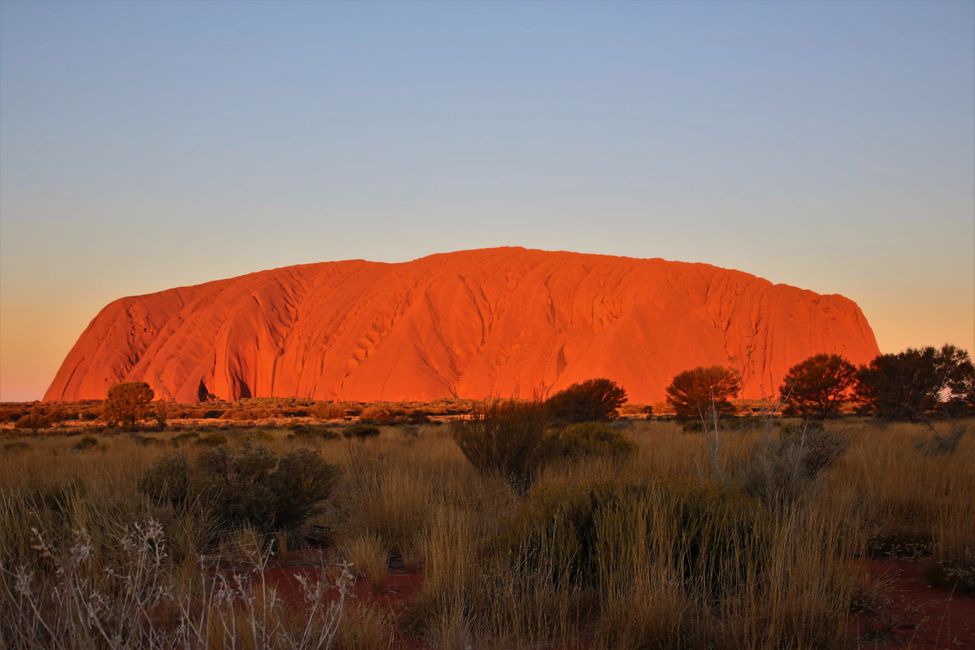
Laporan perjalanan Australia
